Taking your dog to the beach can be a joyous experience, but it also comes with hidden dangers. As idyllic as a seaside outing sounds, are you aware of the lurking threats your furry friend might face?
1. Saltwater Ingestion
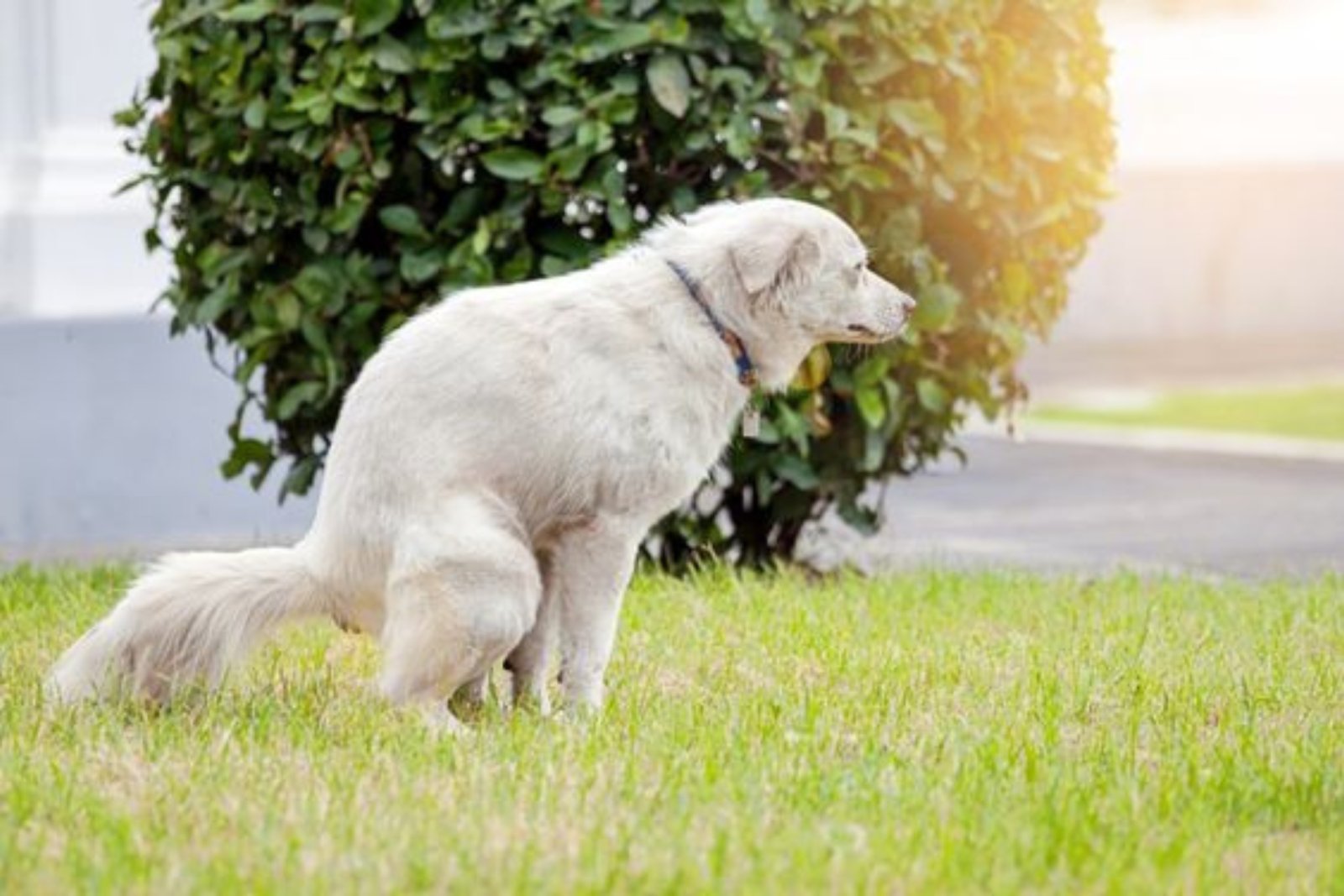
Drinking seawater can lead to salt poisoning in dogs. Symptoms include vomiting, diarrhoea, and dehydration.
2. Jellyfish Stings

Jellyfish are common on British beaches and can sting dogs, causing pain, swelling, and in severe cases, an allergic reaction.
3. Sharp Objects

Broken glass, shells, and other sharp objects can injure your dog’s paws. Always check the area for debris before allowing your dog to roam.
4. Toxic Seaweed
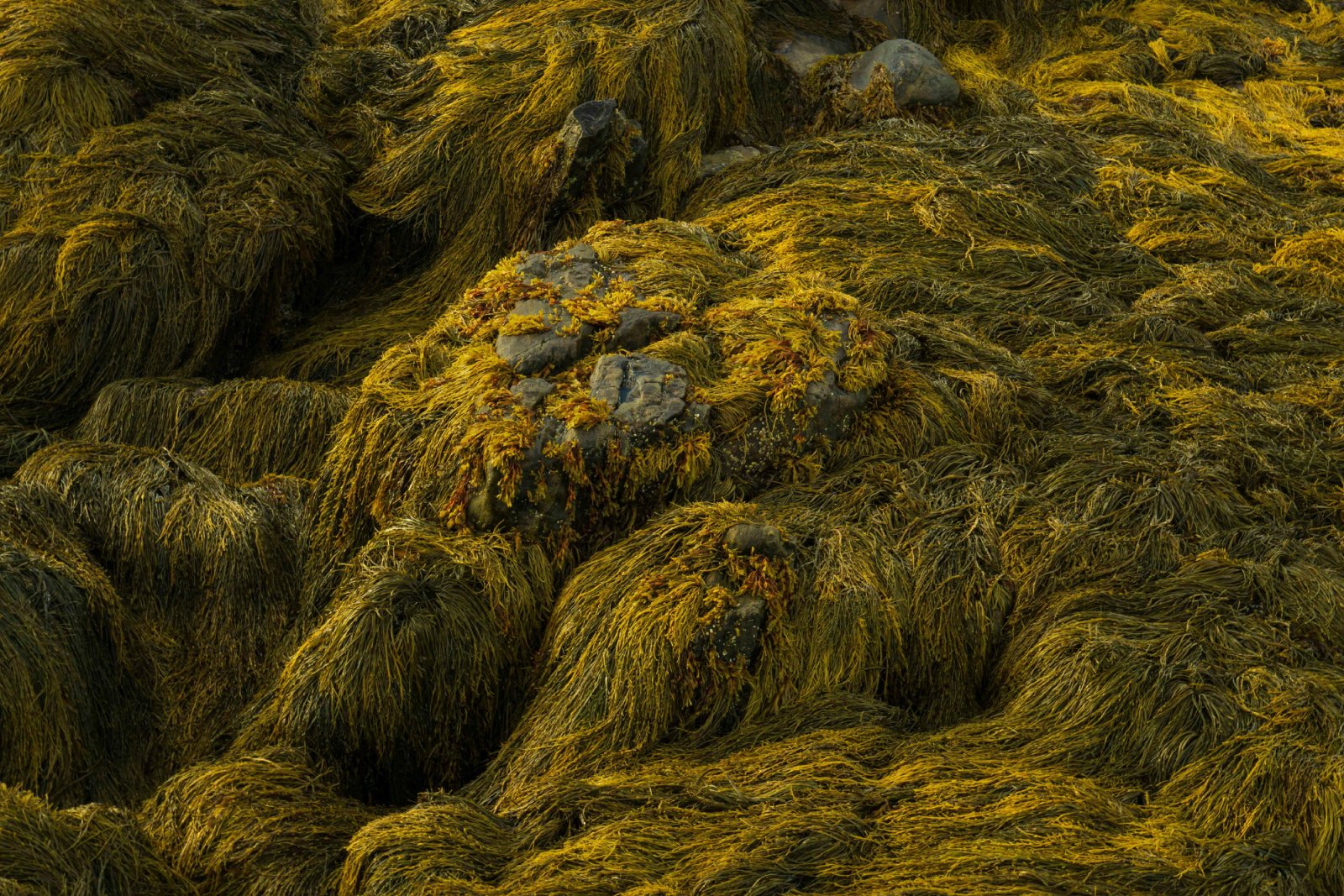
Some types of seaweed, especially when decomposing, can be toxic to dogs if ingested. This can lead to gastrointestinal issues and other health problems.
5. Hot Sand
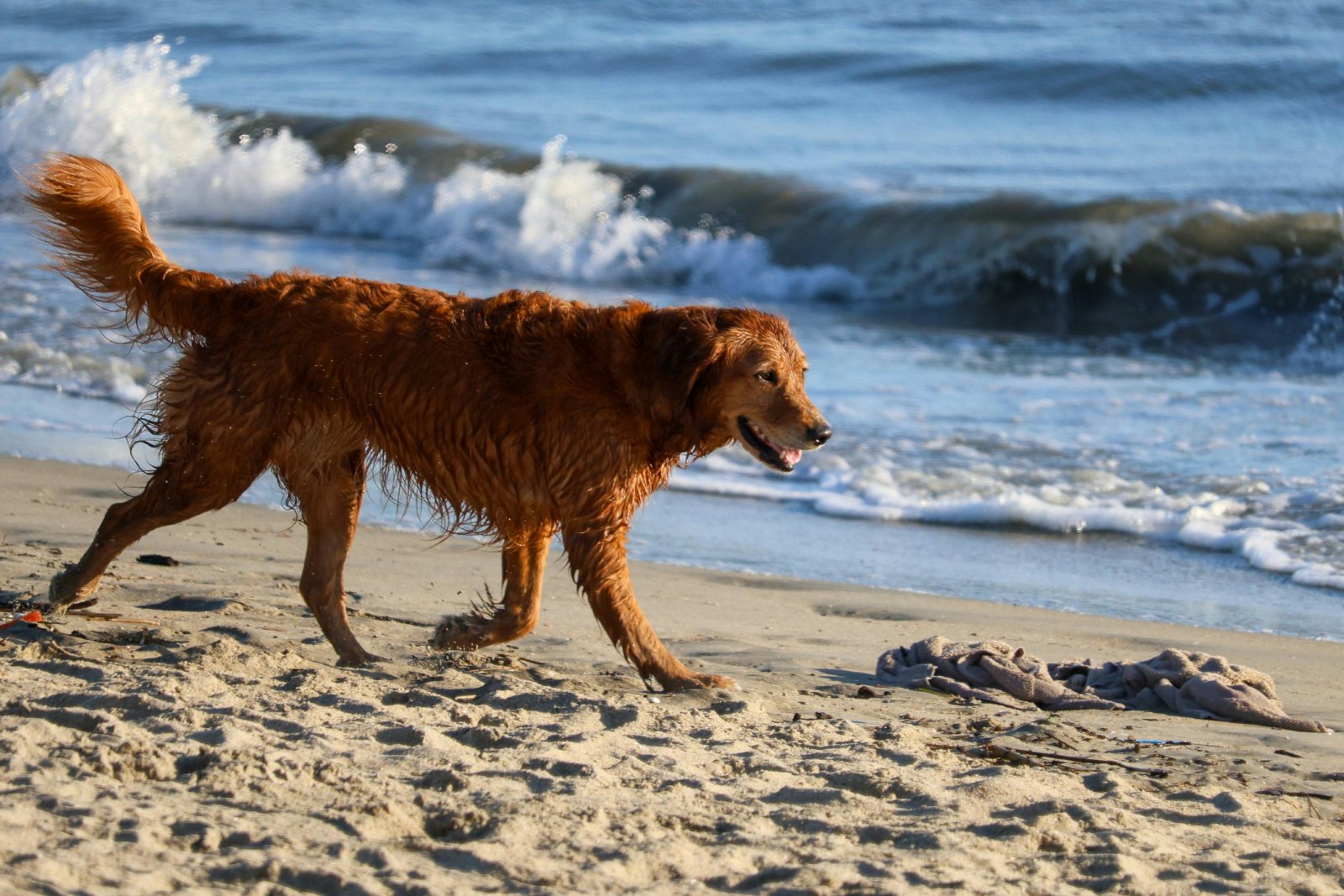
Sand can become extremely hot on sunny days, burning your dog’s paw pads. Test the sand with your hand and provide shade for your pet.
6. Strong Currents
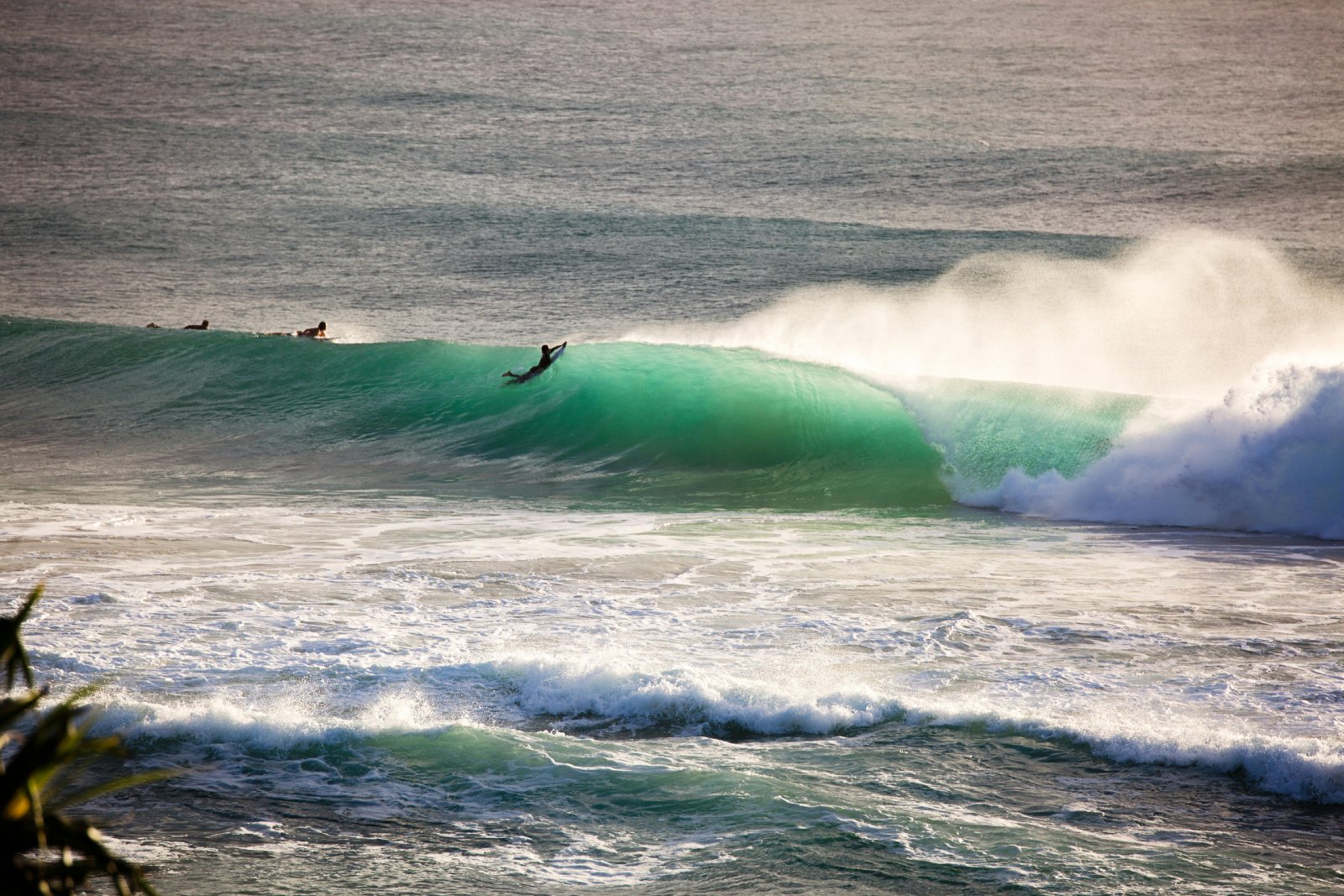
Even strong swimmers can struggle with rip currents and tides. Always keep an eye on your dog near the water and avoid letting them swim too far out.
7. Fish Hooks
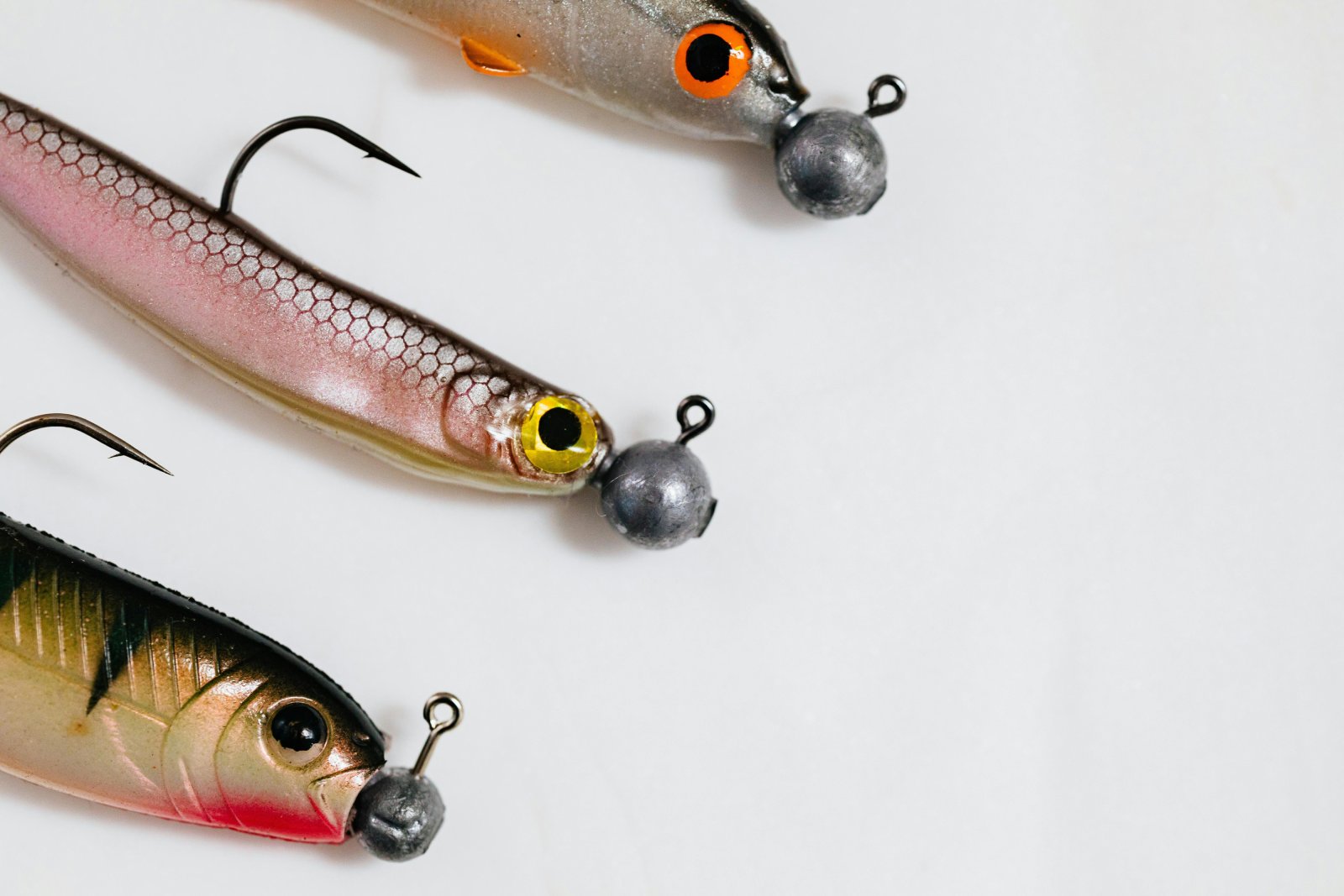
Discarded fishing equipment like hooks and lines pose a significant risk. Hooks can get lodged in a dog’s mouth or paws, leading to serious injuries.
8. Dead Fish
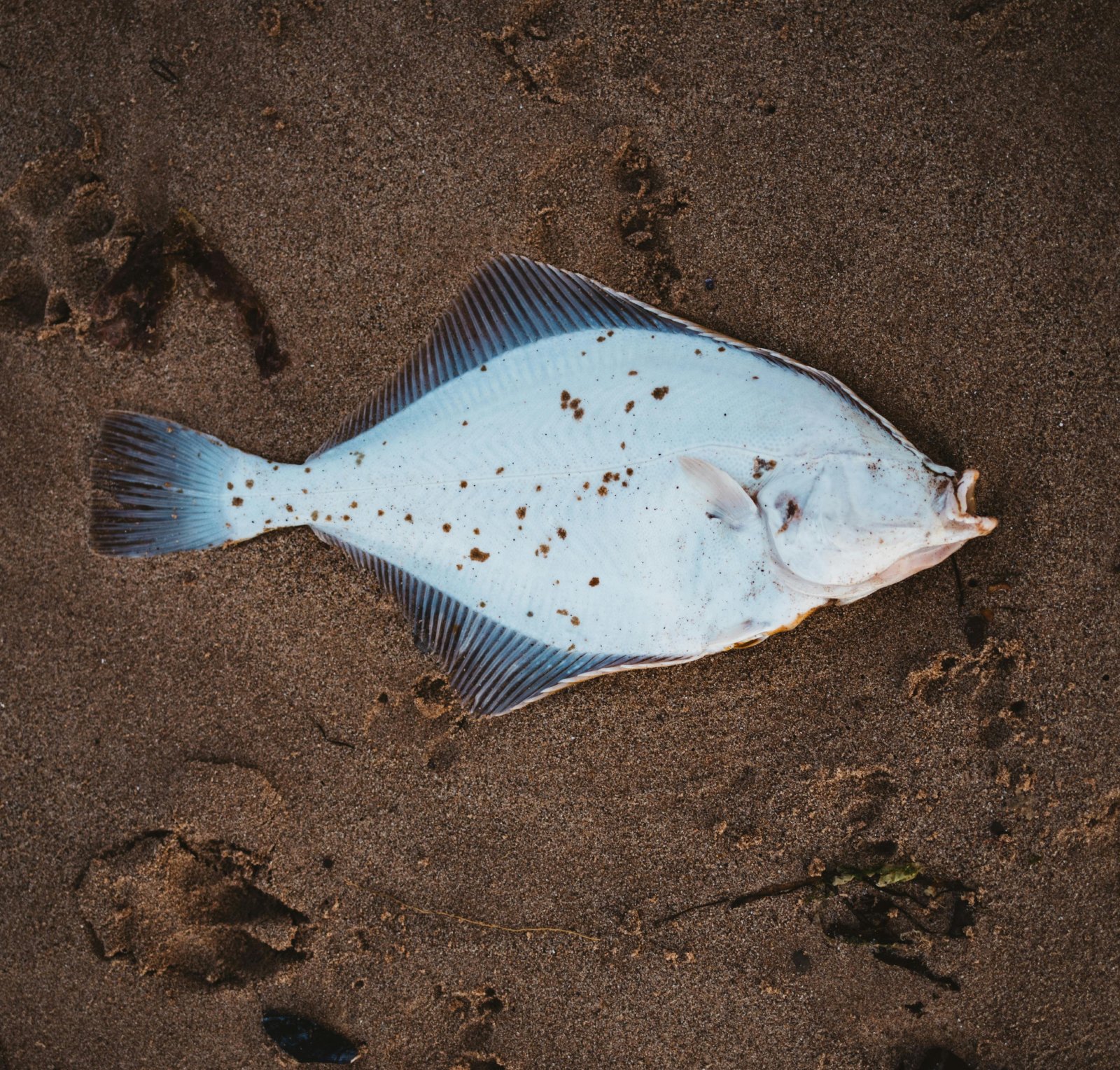
Image Credit: Pexel / Karolina Kaboompics
Dead fish on the beach can be tempting for dogs but may be harmful if consumed. They can contain toxins or harmful bacteria.
9. Tar and Oil
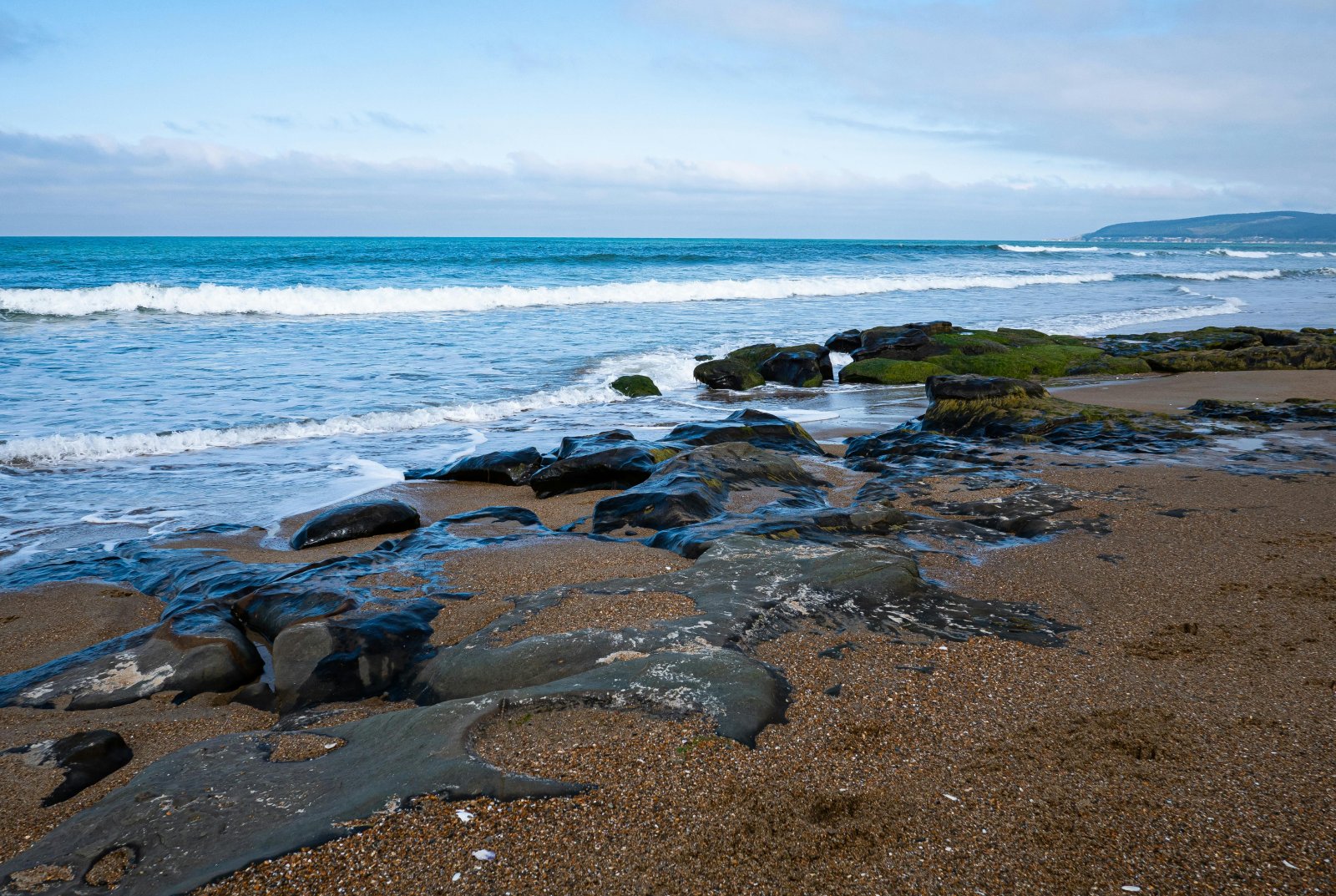
Tar and oil spills can stick to your dog’s fur and paws, causing skin irritation and potential poisoning if licked off.
10. Sand Ingestion

Dogs may accidentally ingest sand while playing, leading to sand impaction in their intestines. This can cause abdominal pain and require veterinary attention.
11. Algae Blooms
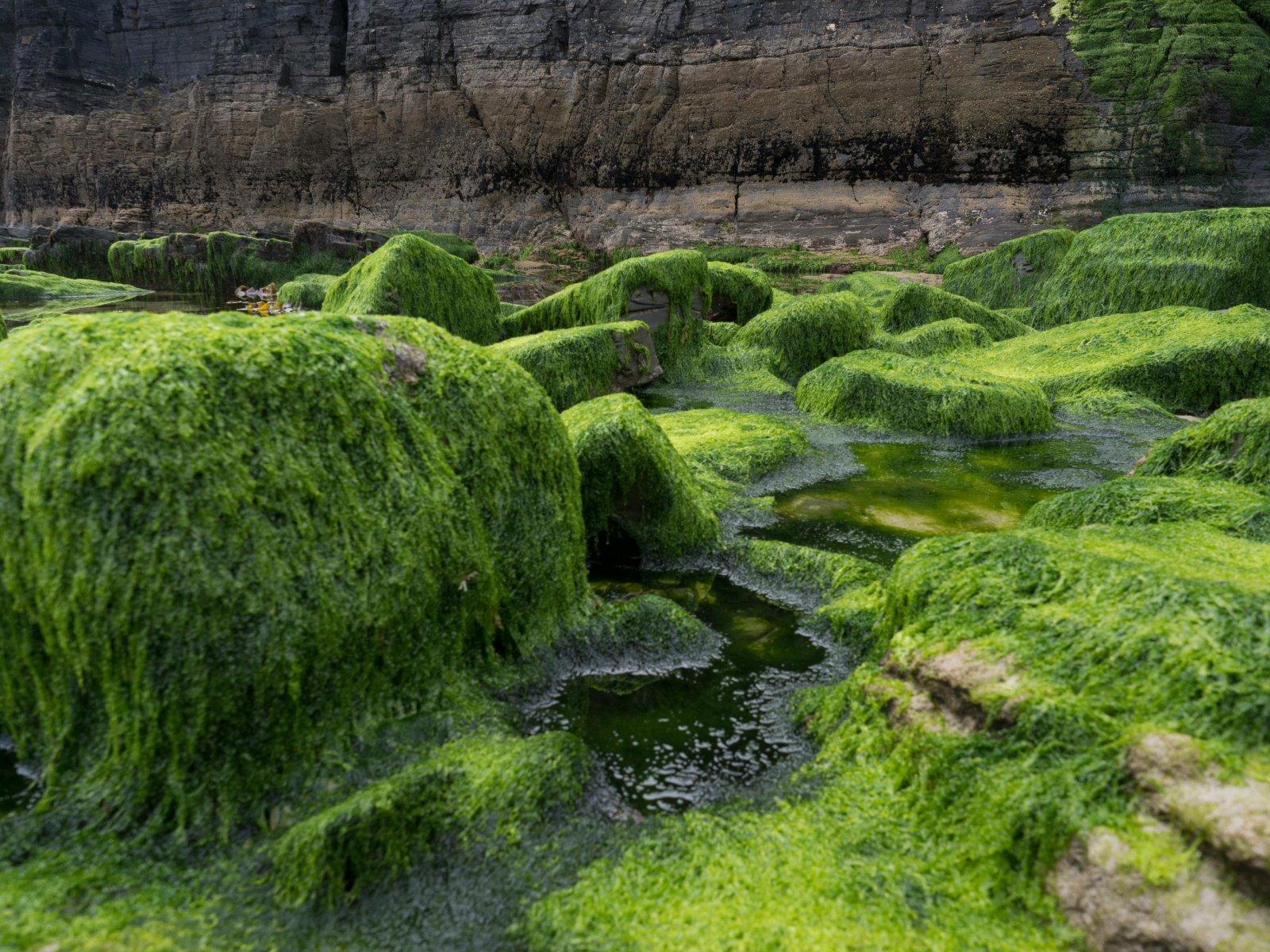
Toxic algae blooms, particularly blue-green algae, can be fatal if ingested by dogs. Keep your dog away from any suspicious-looking water.
12. Sunburn
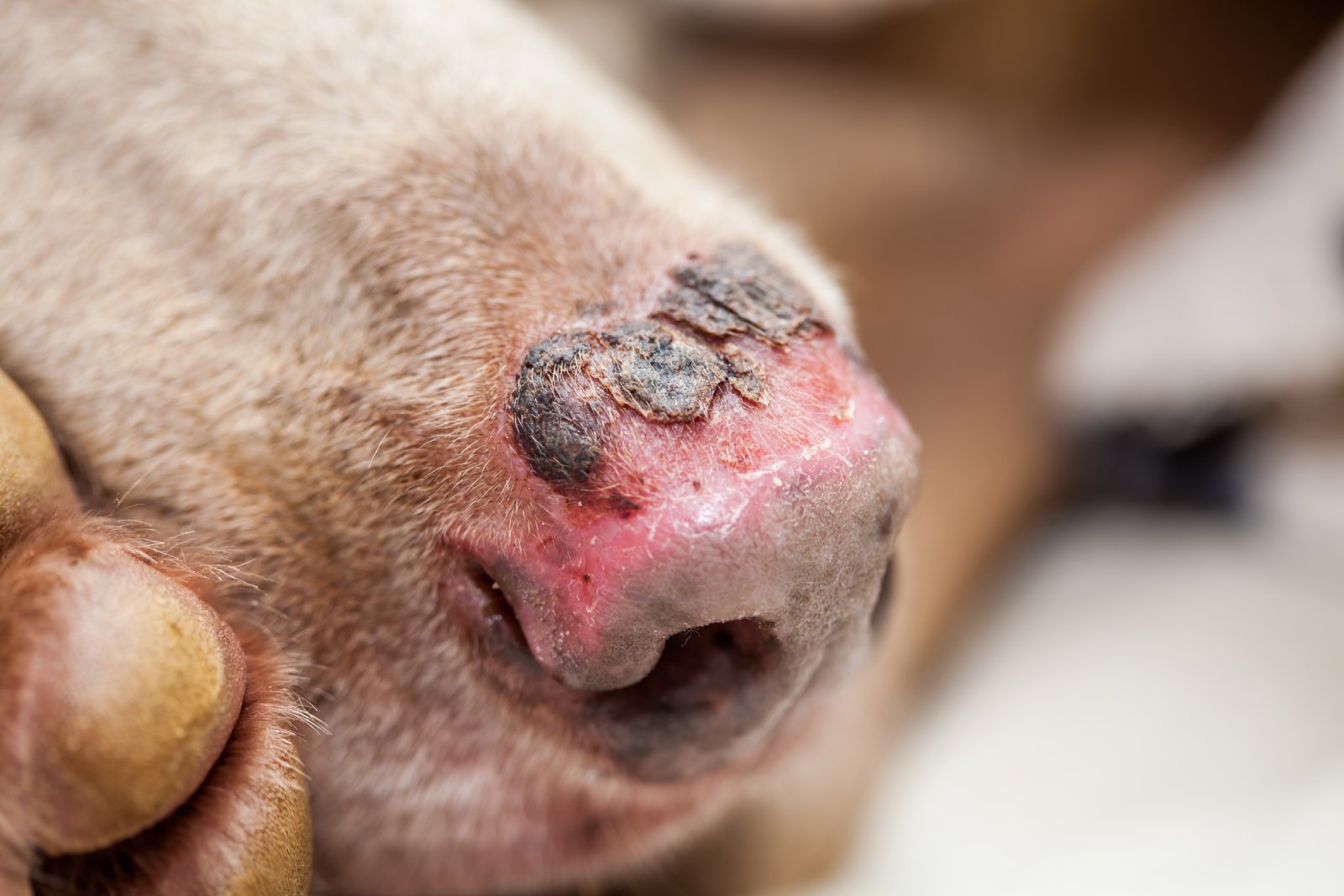
Dogs, especially those with thin coats or light-coloured skin, can get sunburnt. Apply pet-safe sunscreen to vulnerable areas like the nose and ears.
13. Dehydration

Playing in the sun and sand can quickly dehydrate your dog. Always bring fresh water and a bowl to keep your dog hydrated.
14. Litter and Pollution
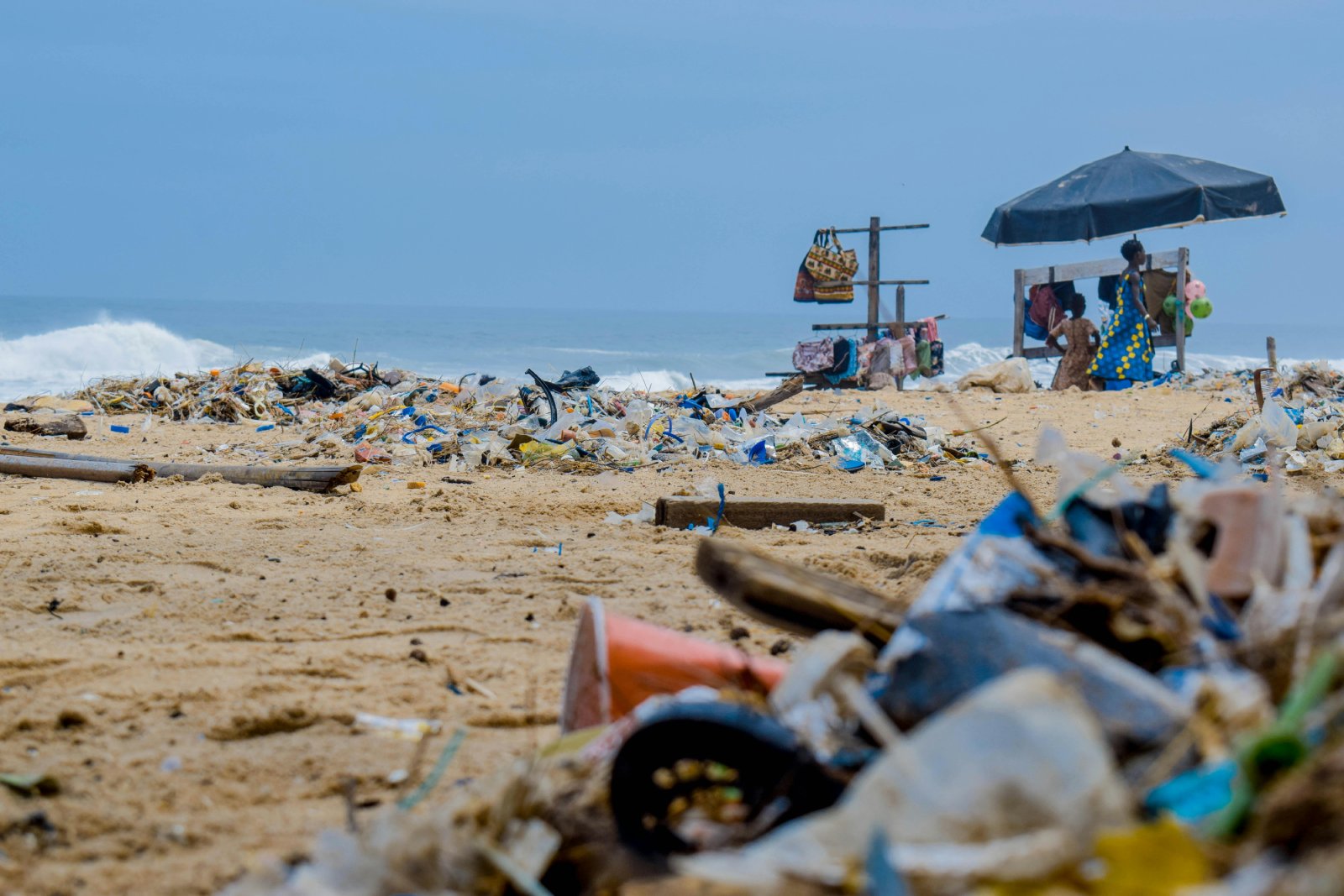
Rubbish left on the beach, including plastics and food waste, can be harmful if ingested by dogs. Ensure your dog does not scavenge.
15. Wildlife Encounters
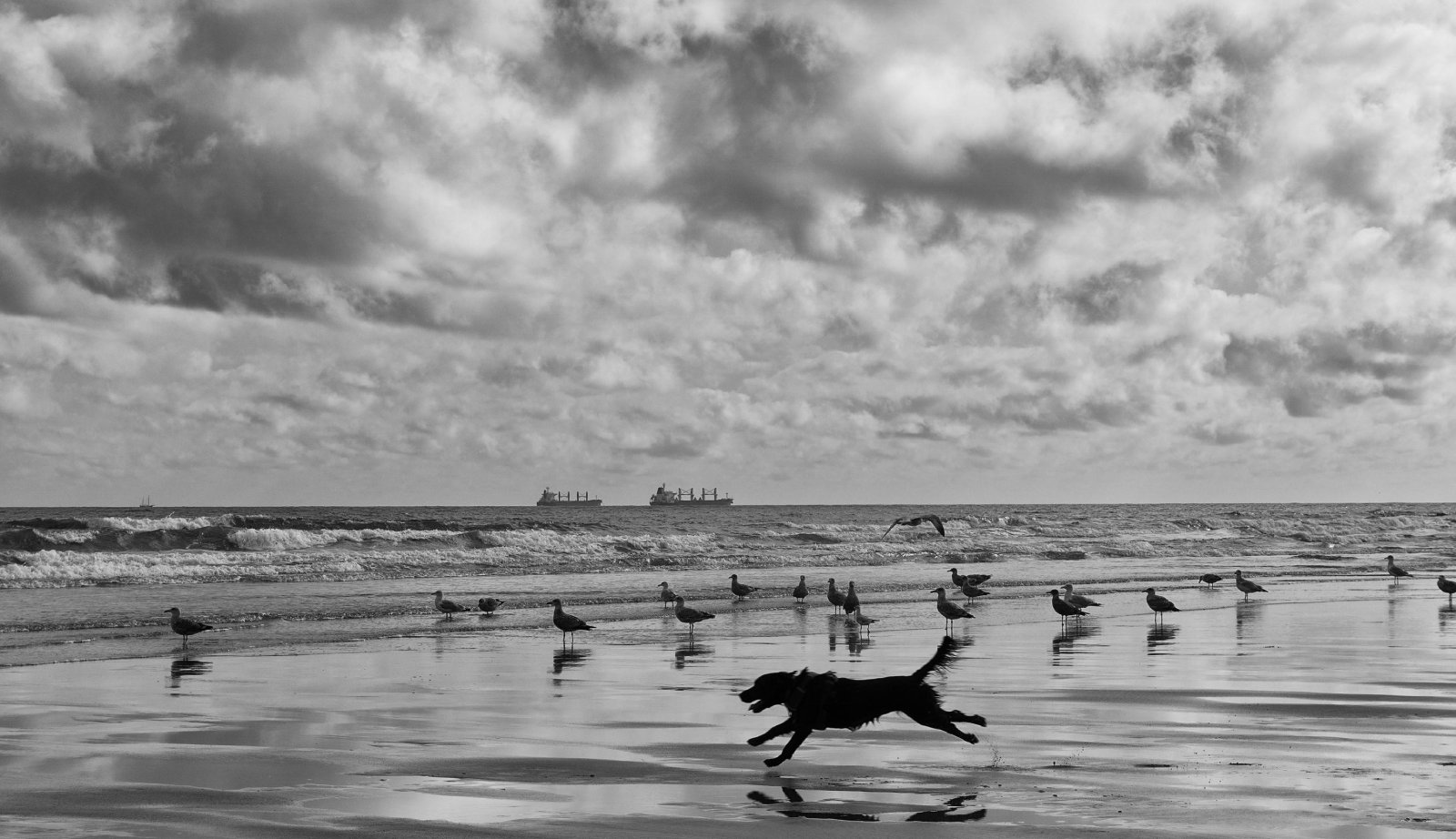
Wildlife such as crabs and seabirds can defend themselves aggressively if approached by a curious dog, leading to potential injuries.
Are You Ready to Keep Your Dog Safe at the Beach?
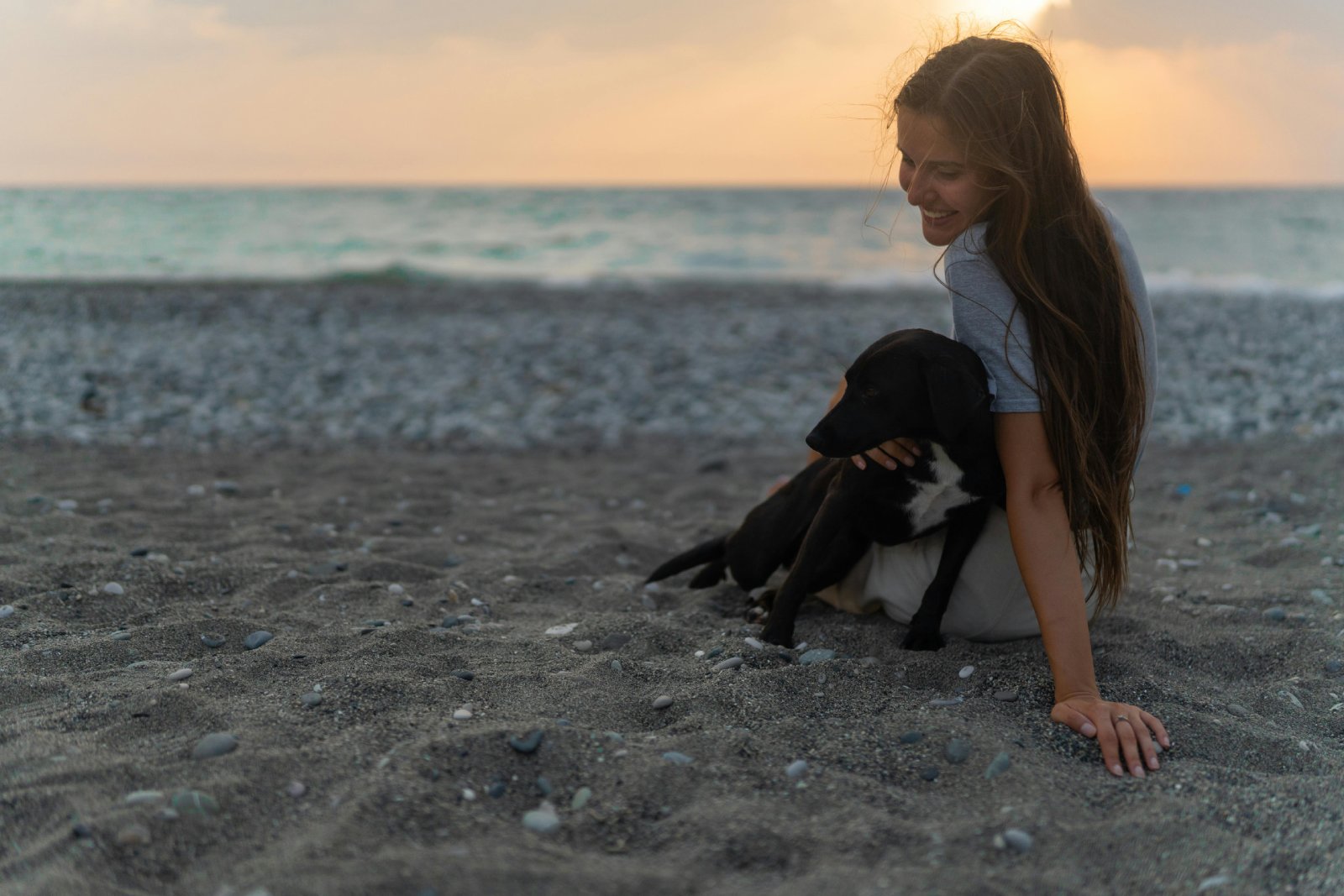
While the beach offers fun and excitement, it also poses numerous risks for your dog. Are you prepared to protect your furry friend from these hidden dangers? Stay vigilant and enjoy a safe day out by the sea.
The post Navigating Hazards: 15 Beach Dangers Your Dog Might Face in Britain first appeared on PawShore.
Featured Image Credit: Pexel / Ray Bilcliff.
For transparency, this content was partly developed with AI assistance and carefully curated by an experienced editor to be informative and ensure accuracy.

